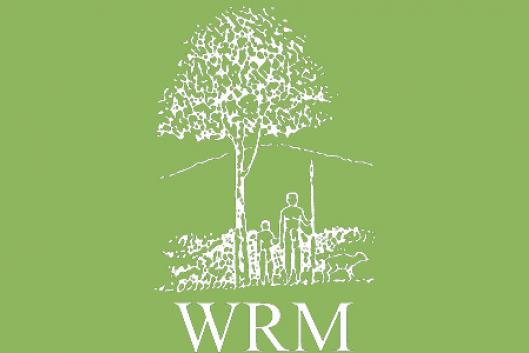The Western Lowlands of Eritrea are the easternmost extension of the Sahel, lying between Eritrea’s border with the Sudan and the Eritrean/Ethiopian highlands. Their hills and plains are mainly covered with semi-desert scrub and savannah woodland and interrupted by three river valleys clothed with remarkably dense woodland, some of it mixed acacia and dom palm and elsewhere almost pure stands of dom palm (Hyphaene thebaica).
Six ethnic groups live there, amounting to several hundred thousand people with their distinct survival systems characterised by flexibility to face the numerous natural and human-made plights which have played havoc in the past forty years. Major droughts and war have led to a collapse of the farming system, many deaths and mass exodus of the population as refugees. In 1998-2000, the Lowlands were invaded by Ethiopian armies.
At all times, forest products play a crucial role in people’s livelihoods. All the tribes rely largely on the forest to meet their subsistence needs (housing, tools and some food) and dom palm fibre is the principal source of cash income for the majority of the Lowland population (belonging to the Tigre, the Beni Amer and the hidareb tribes).
Also, in peacetime and when rainfall levels allow at least some cropping and herding, the poorer members of the community or those who cannot farm land --such as the many war widows-- make a living on cutting, weaving and selling palm. Also dom palm nuts are a food of last resort in the hungry season before harvests, and in drought years they become a staple food for many.
One ethnic group --the Kunama-- has a distinctly different approach to the forest. They cut very little palm for income, but collect food from twenty or more tree species. These include the dom palm and others that they value as food reserves for drought years when their crops fail: for them the riverine forests are their insurance, rather than a regular income source.
The resilience of the farming system is given by forest harvesting which enables poor farmers to survive and entire communities to face bad years. However, the agricultural extension services of the Eritrean government have collided with the traditional system, partly because of the unfounded belief that palm leaf cutting is carried out in ways that damage the tree, but mainly because the government has other priorities: the forests occupy fertile land with high water tables, which is ideal for irrigated agriculture of cash crops such as onions and bananas. Increasing production of these is a high priority for the government, in order to raise hard currency through exports, and to attract investment.
On the other hand, the local population values the forest highly, which has until now been a major factor in its conservation. They have established harvesting patterns governed by informal regulations and they have a deep understanding of the nature of dom palm regeneration and growth. These systems prevent over-cutting through restricting access and over-frequent cutting, and have for generations proven to be sustainable.
